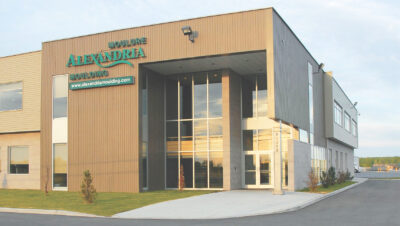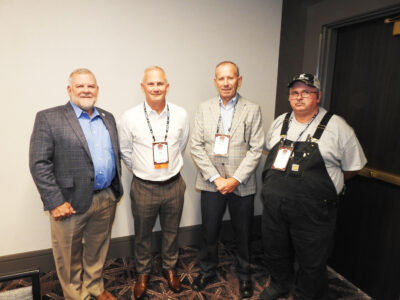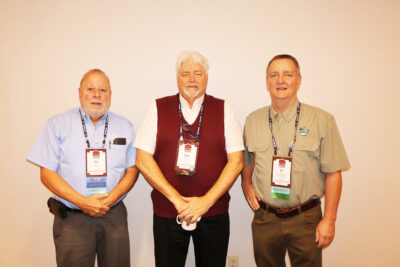I have always been drawn to genealogy and family history, and the older I get, the more I question the relevance of age. This year, I turned 47. My wife, Sariah, and I have seven kids; the oldest is 24, and the youngest is 6. In contrast, my dad was 47 when I was born. I had five half-siblings, two older siblings, and two younger brothers who came along in the next seven years. To answer the inevitable question, yes, we are done so that I won’t be matching my dad’s record. My dad passed away when I was 25, meaning I had lived a third of his lifespan. At that stage of life, I was married with two daughters. By definition, I was an adult—“a person who is fully grown or developed.” I was mature—“fully developed physically”—and old, “having lived for a long time.” Those definitions made sense to me then because they fit my perspective. But now that I’ve lived two-thirds of the life my father did, I realize those definitions didn’t hold up as well as I once thought. The same can be said for trees.
When you try to define what it means for a tree or any species to be mature or old, you’ll get different answers. Even within the same species, definitions can vary. My grandmother lived to 101. Is that lifespan realistic for me, or was it an anomaly? None of my parents, grandparents, or great-grandparents lived within 20 years of that age. Looking back over five generations, I’ve noticed that their lifespans have actually shortened.
We often discuss dog years as equivalent to human years multiplied by 7. But is it accurate or fair to compare them directly, assuming they have a similar lifespan? Not really, because a human lifespan isn’t a precise measure for comparison. The same holds for trees.
The dictionary defines “old growth” as “a tree or forested area never felled, harvested, or cleared; mature.” But that definition needs to be revised. “Never felled” could describe every tree in the forest, while “mature” could exclude every tree because no tree is “fully developed physically” until it dies. Some environmentalists, who believe a tree will live indefinitely unless cut down, make questionable claims about old growth and mature trees by equating them to human lifespans. It’s contradictory to claim a tree will live forever and then label it old growth if it’s over a hundred years old. Trees don’t all live to the same age.
There’s no simple measurement of a tree’s lifespan, just as there’s no simple measurement of a human lifespan. The answer is it depends. Now that I’m older, I would define old as “when you are not growing, when you are shrinking.” The same applies to trees. An old-growth tree is rotting or decaying more than it is growing, unable to thrive due to fire, infestation, or other factors. Ask me again after another third of my father’s lifespan; I’m sure my definition will change.
Let’s put forestry into proper perspective. Trees live and die continuously over multiple generations as part of their natural life cycle. Some seeds never germinate, some sprout but die as seedlings, others die as saplings, while others die at various stages until all the trees have been killed and new ones have grown. We must protect that life cycle, but that doesn’t mean preserving every tree in the forest—in fact, it’s quite the opposite. If you try to protect every tree in the forest, you disrupt the natural cycle, preventing young trees from getting the light they need to grow and thrive. Instead, we need to protect individual trees, not entire forests, because the forest is safeguarded as long as it isn’t turned into suburban sprawl or agricultural land. The forest remains protected even when trees are felled, harvested, or cleared because this restarts the cycle for the next generation.
Once these environmentalists understand this, everything else becomes arbitrary. Choose and protect an individual tree, knowing it may outlive you, but it won’t last forever. Life is short, but the Earth has existed for millions of years, witnessing countless generations of trees and people. The world will continue for millions more, hopefully in a paradisical state, but regardless, let’s shift our perspective on lifespans and Why Knot see the generations of trees.







